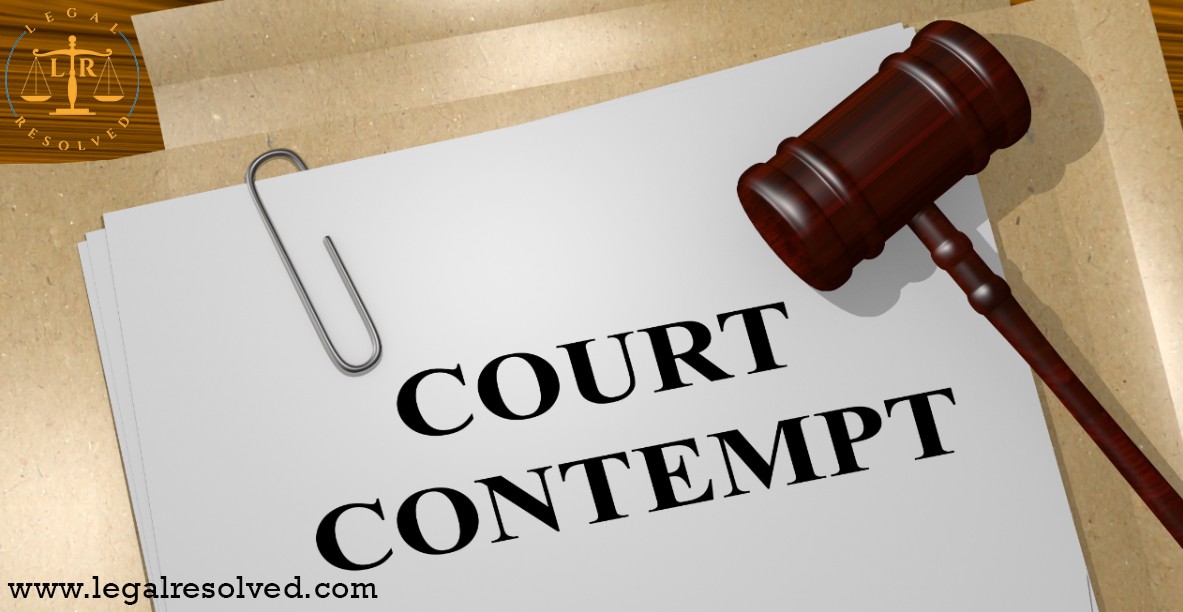
CONTEMPT OF COURT
Why in News
- Recently, the Supreme Court of India, suo moto initiated the proceedings for criminal contempt of court against lawyer-activist Prashant Bhushan for his tweet criticizing the current Chief Justice of India and the role of some Chief Justices of India in the last six years.
WHAT IS CONTEMPT?
- While the basic idea of a contempt law is to punish those who do not respect the orders of the courts, in the Indian context, contempt is also used to punish speech that lowers the dignity of the court and interferes with the administration of justice.
- As per the Contempt of Courts Act 1971, contempt refers to the offence of showing disrespect to the dignity or authority of a court. The Act divides contempt into civil and criminal contempt.
o Civil, that is the willful disobedience of a court order or judgment or willful breach of an undertaking given to a court.
o Criminal, that is written or spoken words or any act that scandalizes the court or lowers its authority or prejudices or interferes with the due course of a judicial proceeding or interferes/obstructs the administration of justice.
- Further, innocent publication and distribution of some matter, fair and reasonable criticism of judicial acts and comment on the administrative side of the judiciary do not amount to contempt of court.
- Constitutional Provisions:
o Article 129: Grants Supreme Court the power to punish for contempt of itself.
o Article 142(2): Enables the Supreme Court to investigate and punish any person for its contempt.
o Article 215: Grants every High Court the power to punish for contempt of itself.
o It should be noted that the expression ‘contempt of court’ has not been defined by the Constitution.
- Punishment for Contempt of Court
o The Supreme Court and High Courts have the power to punish for contempt of court, either with simple imprisonment for a term up to six months or with fine up to Rs. 2,000 or with both.
o In 1991, the Supreme Court ruled that it has the power to punish for contempt not only of itself but also of high courts, subordinate courts and tribunals functioning in the entire country.
o On the other hand, High Courts have been given special powers to punish contempt of subordinate courts, as per Section 10 of the Contempt of Courts Act of 1971.
NEED FOR CONTEMPT LAW
- To insulate the judiciary from unfair attacks and prevent a sudden fall in the judiciary’s reputation in the public eye.
- It helps judges to do their duties of deciding cases without fear, favour, affection or ill will.
- ISSUES WITH CONTEMPT LAW
- Article 19(1)(a) of the Constitution gives the right to freedom of speech and expression to all citizens, while “contempt provisions” curb people’s freedom to speak against the court’s functioning.
- The law is very subjective which might be used by the judiciary arbitrarily to suppress their criticism by the public.
- For example, the assessment of the ground of scandalizing the court, depends, to a great degree, on the temperament and preference of the judge. What could be contempt to Judge A may not be contempt to Judge B.
- Many democracies in the West, including the United Kingdom have dropped or modified the clause that condemns ‘scandalizing’ the court
- Excessively loose use of the test of ‘loss of public confidence’, combined with a liberal exercise of suo motu powers, can be dangerous.
WAY FORWARD
- The contempt of court should not be allowed to be used as a means to prevent criticisms. In contemporary times, it is more important that courts are seen to be concerned about accountability, that allegations are scotched by impartial probes rather than threats of contempt action, and processes are transparent.
- In this backdrop, there is a need to revisit the need for a law on criminal contempt, where India can learn from Britain which amended contempt of court law.
